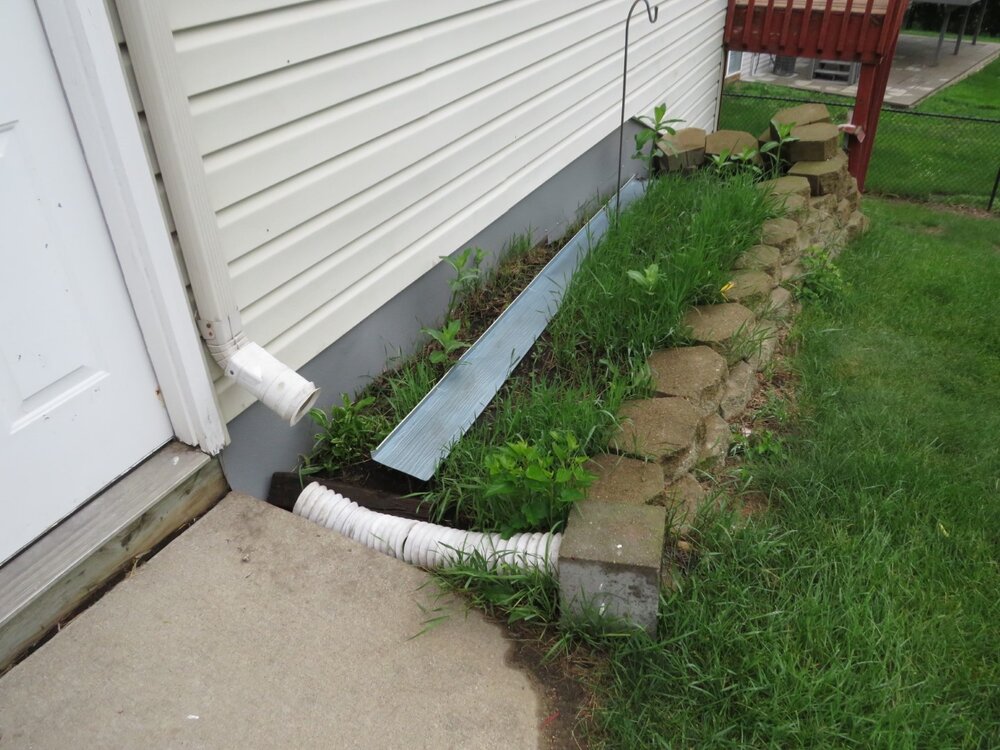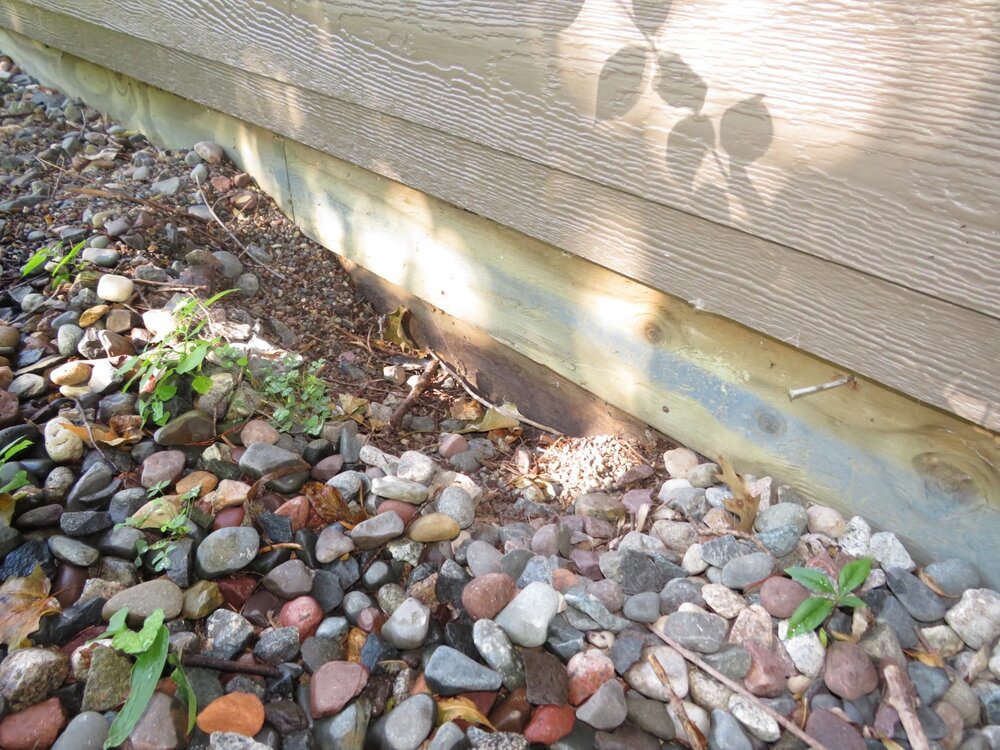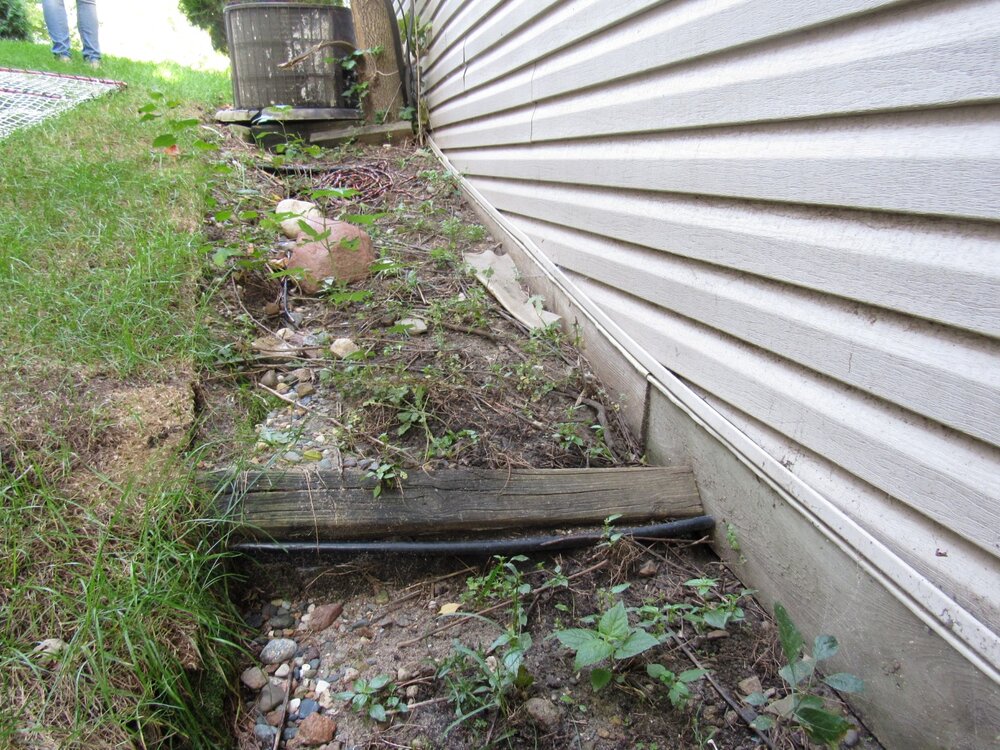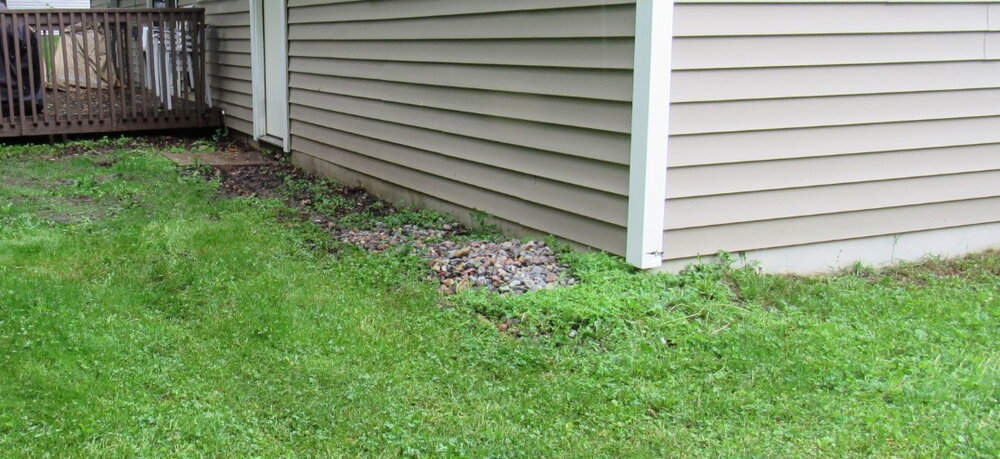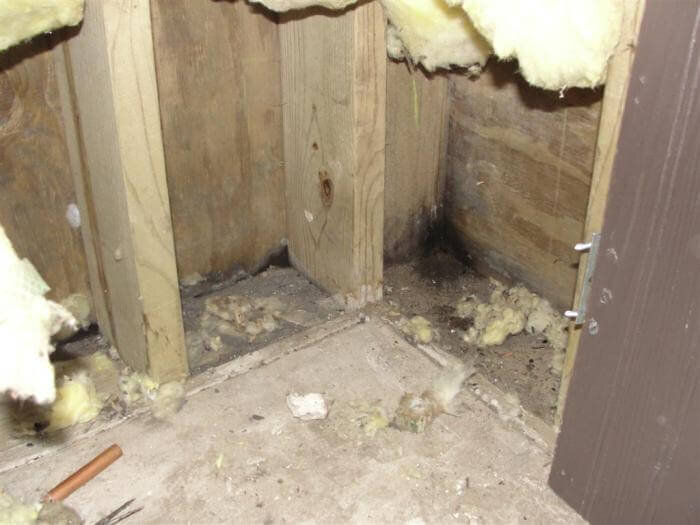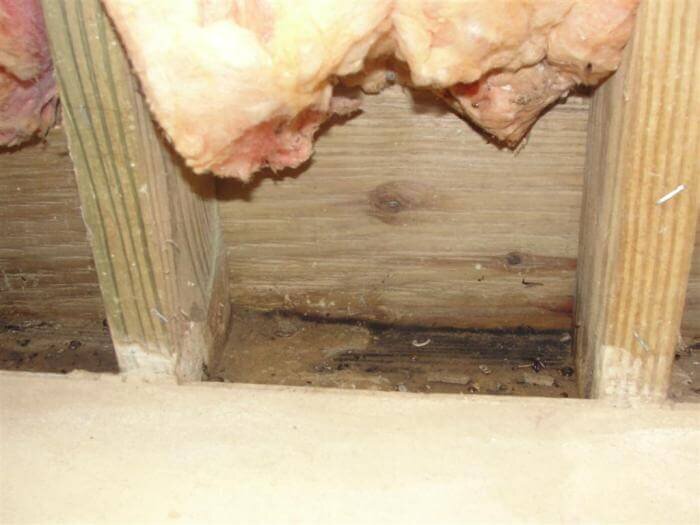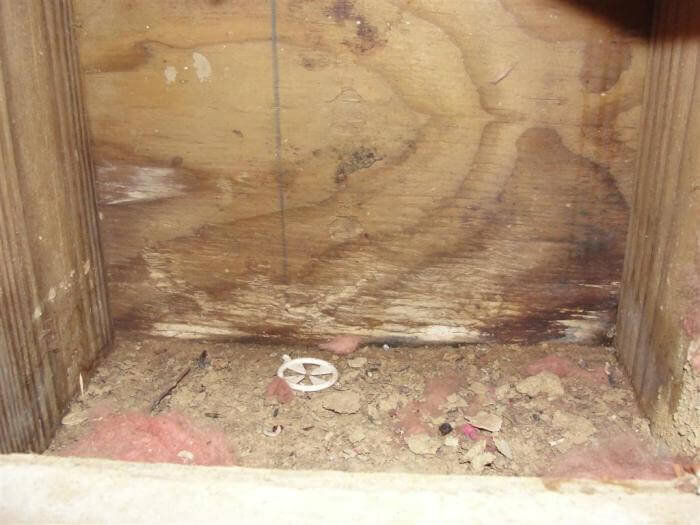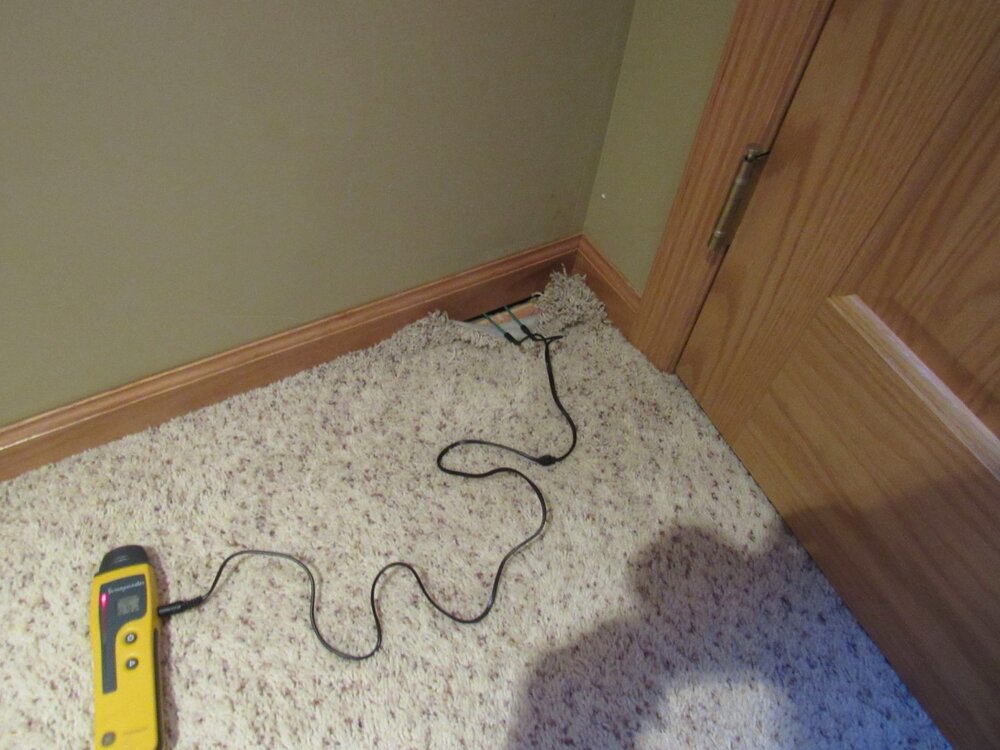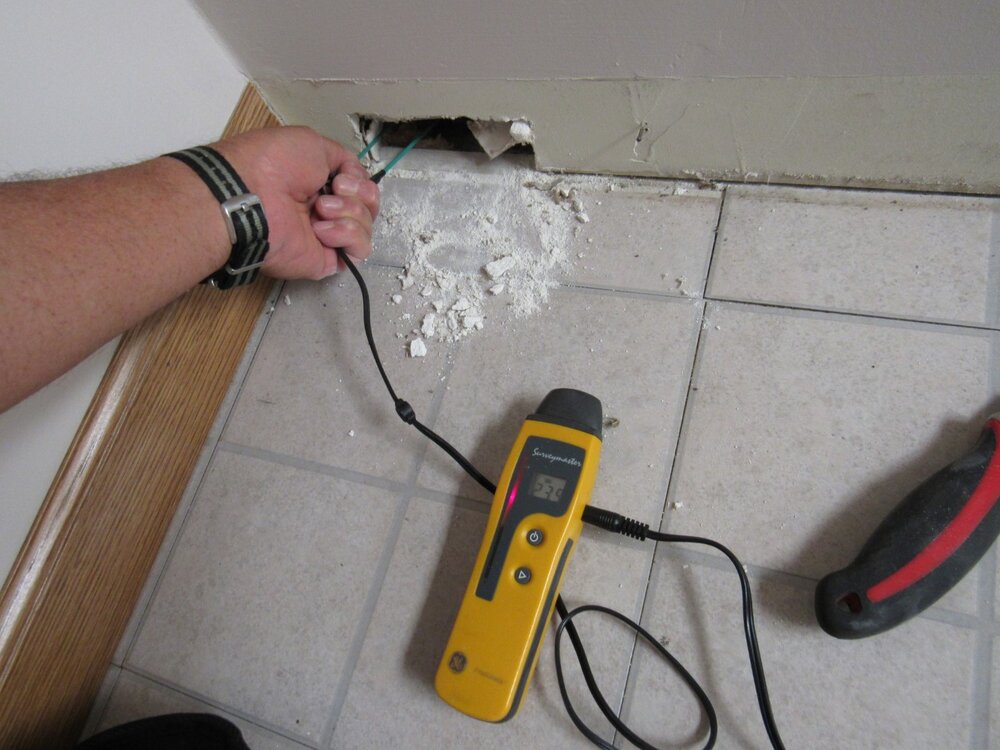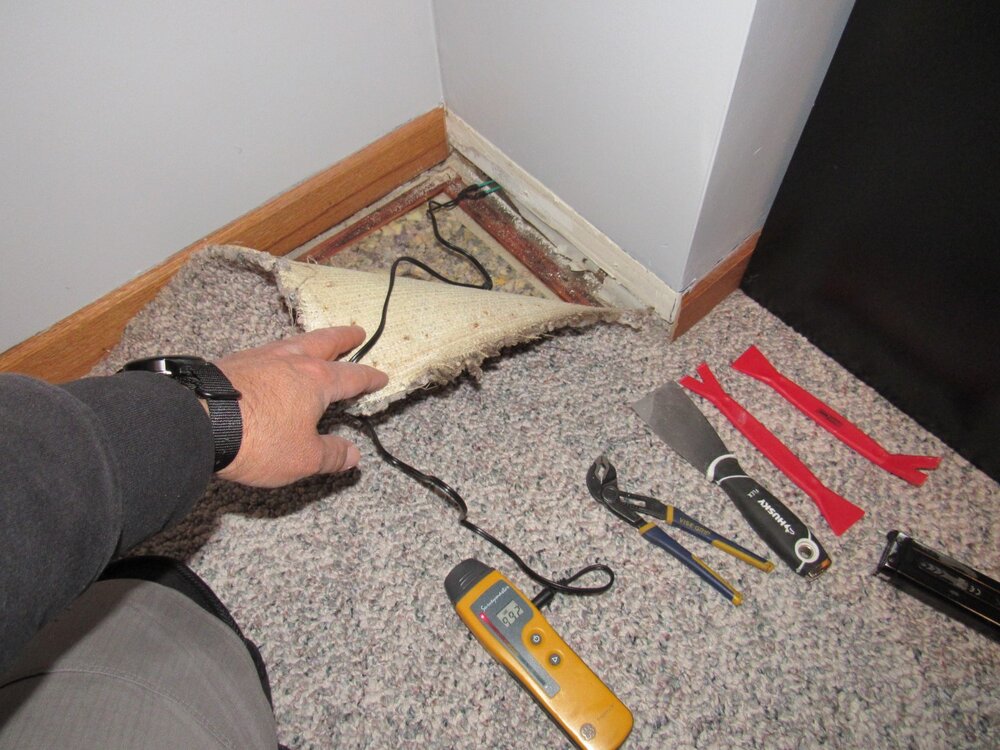After attending a seminar on permanent wood foundations back in 2010, I was turned into a big fan of wood foundations. But I was also convinced that most wood foundations are built improperly.
I was already suspicious about wood foundations before attending that seminar because the majority of wood foundations that I inspect have water problems. Another home inspector who attended the seminar with me said it best: “I was worried about wood foundations before I took this class… but now I’m terrified.”
HOW TO SPOT A WOOD FOUNDATION
How do you know if the home you’re purchasing has a wood foundation? The most reliable method is to fully read the homeowners disclosure statement. If you’re in Minnesota, there’s a line on the form that asks what type of foundation is present.

Of course, not everyone fills these forms out, and not everyone fills them out properly. As a home inspector, I need to describe the type of foundation as part of my report, and I don’t rely on the information on that form. I look for the foundation type on the exterior, and there’s almost always some exposed concrete at exterior of a home when it’s a traditional poured concrete or concrete block foundation, but not so with a wood foundation. With these homes, all you can ever see is wood, siding, or some type of covering. The photos below show examples of what you’d see at the exterior if the home has a wood foundation.
Because wood foundations aren’t common, it would be easy for a home inspector to miss the presence of a wood foundation if they’re not actively thinking about the type of foundation that’s present. Everything else about a home with a wood foundation is pretty much indistinguishable from any other home unless the basement is unfinished.
WATER MANAGEMENT
This class really reinforced what I already knew about wood foundations: water management is critical. If poor water management is a problem with traditional concrete foundations, it’s catastrophic with wood foundations. For a wood foundation to perform properly, it needs to stay dry or be given the chance to dry out if it gets wet.
When I find signs of moisture intrusion at a wood foundation, it means the water management system has failed, and the repairs will probably be expensive. Here are a few water management issues that would be red flags at a wood foundation.
Lack of gutters. I’ve said it many times before, gutters are a critical piece of water management around a home. They’re helpful at every home, but they’re especially important at homes with permanent wood foundations. Don’t ask me why, but the owners of homes with wood foundations seem to think they don’t need gutters. It’s mindblowing how many homes we inspect with wood foundations that don’t have gutters or have an incomplete system. Lack of gutters at a home with a permanent wood foundation is a huge red flag.
Short, missing, or disconnected downspout extensions. What’s the only thing worse than no gutters? Downspouts with no extensions. This concentrates a huge volume of water right up against the house in one spot. I can’t underscore the importance enough.
Improper grading. The soils around a wood foundation must slope away from the house at a 5% grade for a distance of a least ten feet. The hard surfaces must slope away too. This is so basic that it ought to go without saying, but it doesn’t. My own personal experience has taught me that it needs to be said over and over again. When water drains toward a house, you usually end up with basement water problems.
A traditional sump basket. Permanent wood foundations should have a wood sump crock that is completely open at the bottom. If a traditional plastic sump basket is used with a wood foundation, the bottom should be perforated to allow water to come in from the bottom. This will help to prevent it from getting clogged on the sides. The sump basket should also be at least 30″ deep. The photo below shows a traditional sump basket that wasn’t open at the bottom.
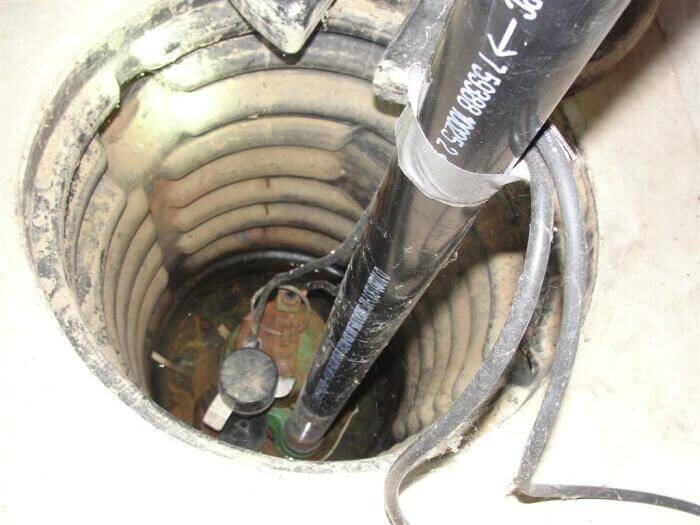
The polyethylene sheeting is damaged, unprotected, or incomplete at the exterior. Polyethelene sheeting acts as a slip sheet for water that comes in contact with the foundation; it’s not a waterproofing material. The sheeting must be protected with a wood board for eight inches above the surrounding grade, and at least four inches below. If you can see the sheeting, it is a problem.
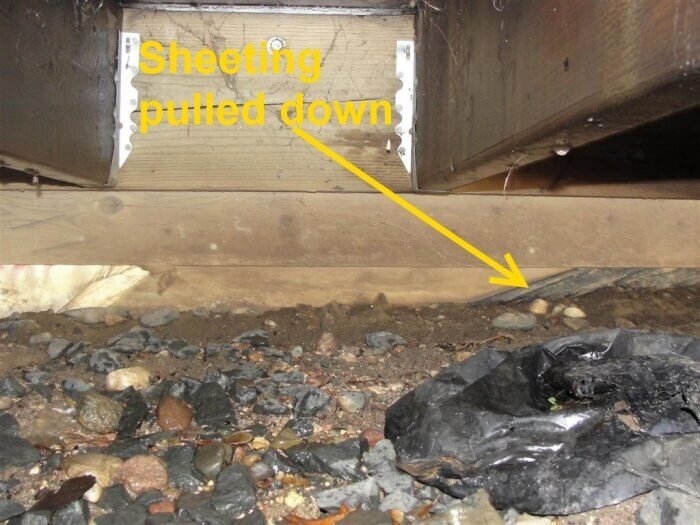
Black stains behind the insulation. This is the huge one. If you can pull back the insulation and the wood is stained, this is bad news. If the wood is wet, the water management system has failed.
If you own a wood foundation, take the time to check it out for yourself.
WOOD FOUNDATION INSPECTIONS
If you’re buying a home with a wood foundation, make sure your home inspector can check for moisture intrusion at several various locations around the perimeter of the foundation. If everything is finished off, consider getting permission for an intrusive inspection that would allow the inspector to do this. If I ever buy a home with a wood foundation, this will be a prerequisite.
Here at Structure Tech, we do a fair number of inspections on wood foundations. We start by sending a form to the seller, asking for permission to remove the baseboard trim and put holes in the drywall in various locations of our choosing. We also use deep wall probes in many locations, but getting a look at stained foundation walls and feeling wet insulation in the walls always removes any potential doubt about the presence of moisture, or the accuracy of our testing equipment. The photos below show several examples how we conduct these specialized inspections.
The most common thing we hear from homeowners with wood foundations is that they’ve never experienced any type of water intrusion. It seems that nobody with a wood foundation ever has water actually enter their living space, but a high percentage of these homes do have water intrusion problems. The water just stays within the wall. There is usually no odor of this either until we remove the baseboard trim. At that point, there’s a distinct “earthy” smell if the wall has been wet.

